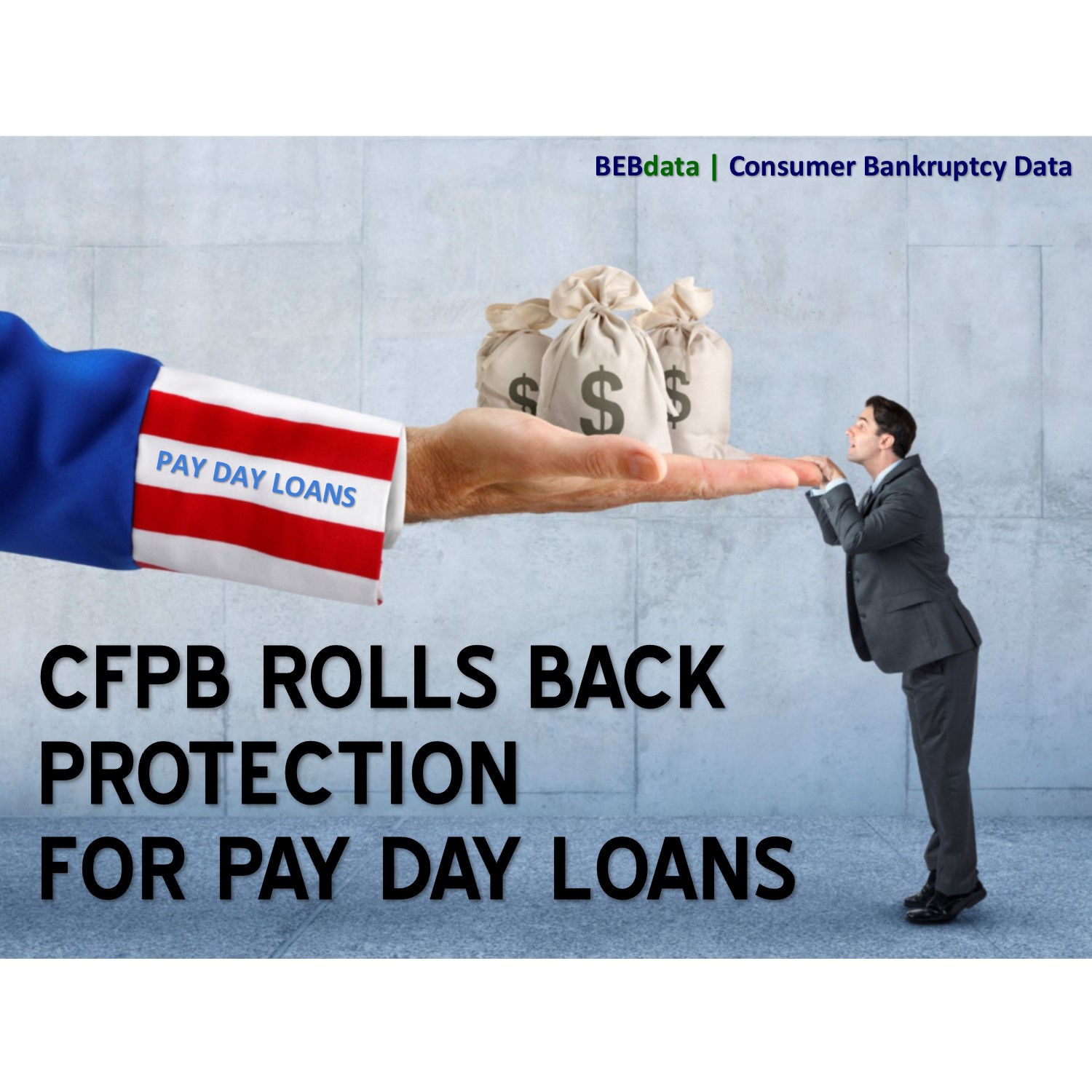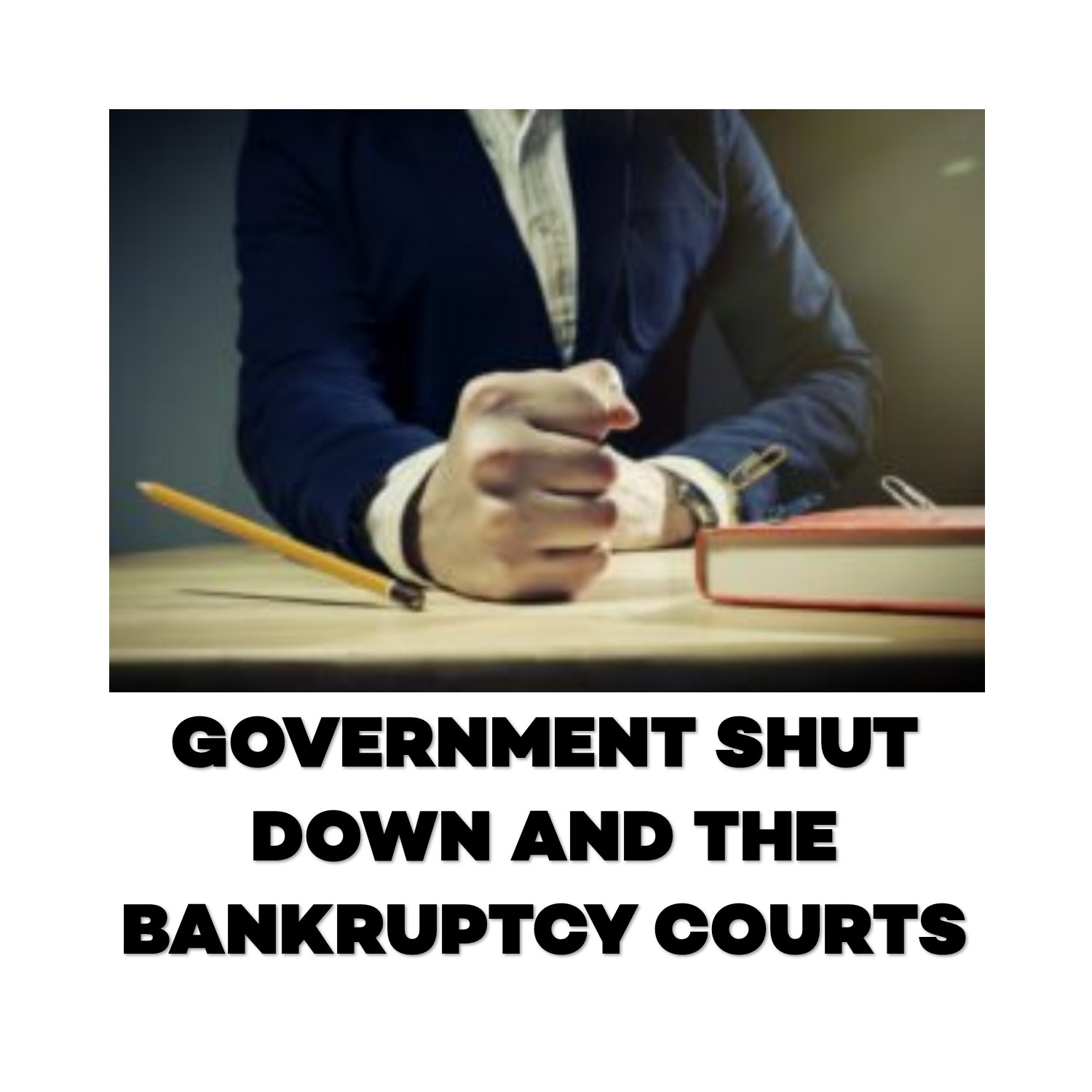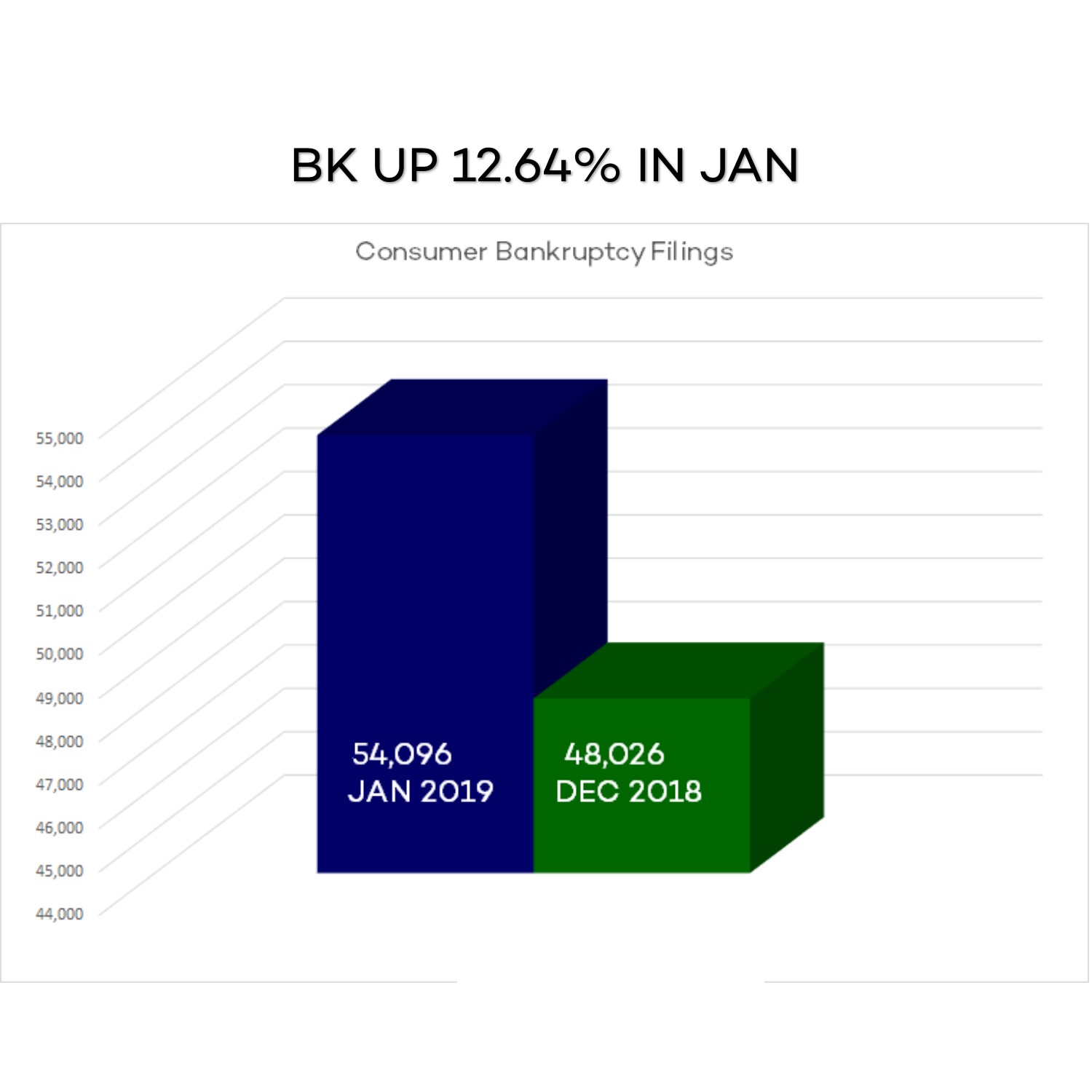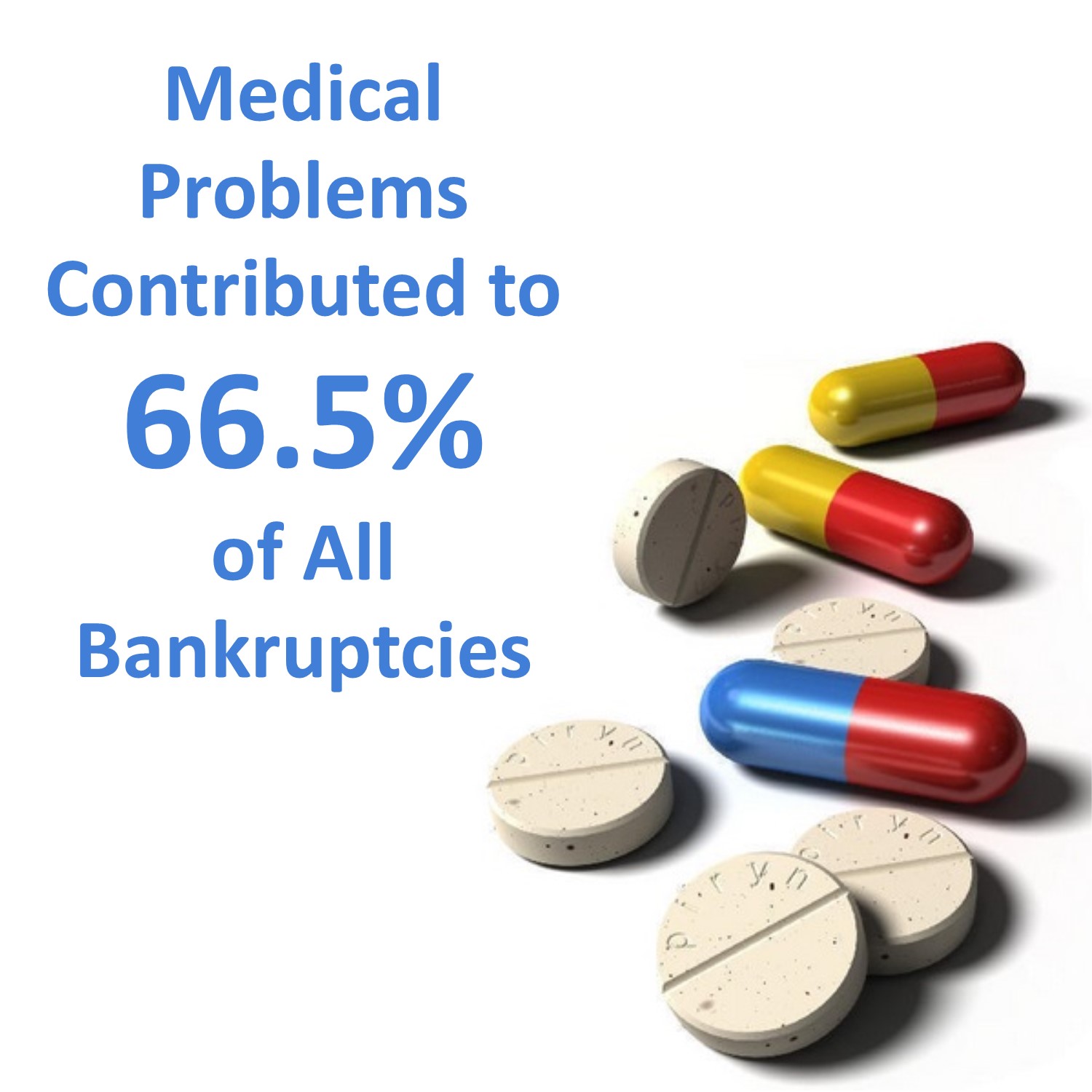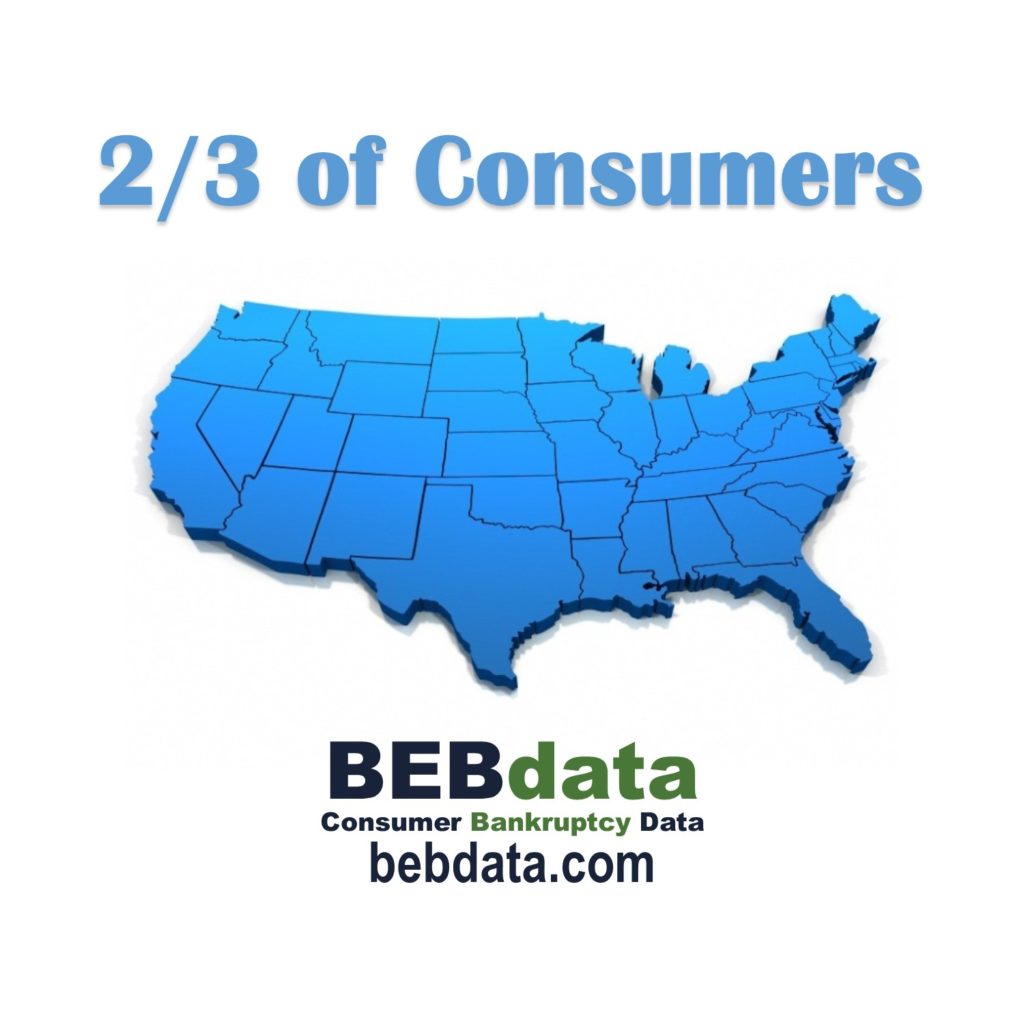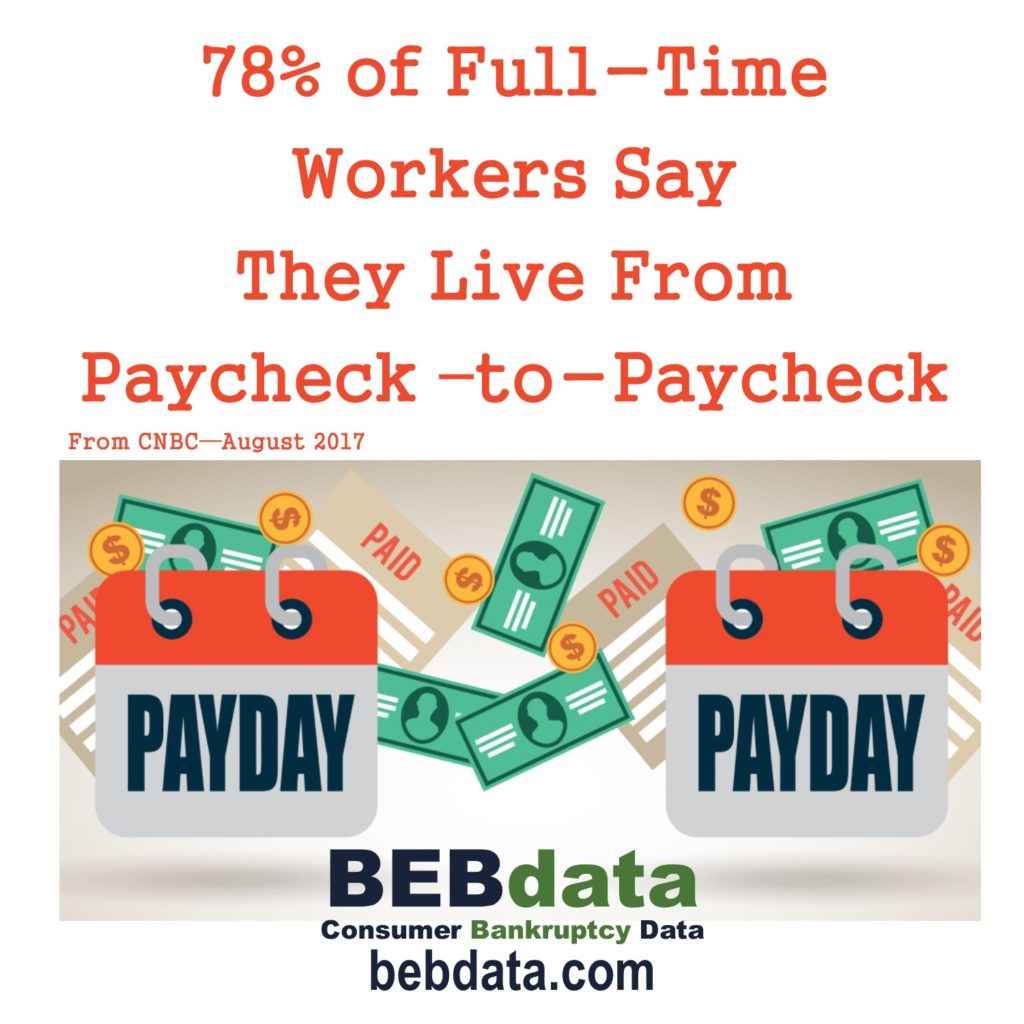The Consumer Financial Protection Bureau proposed rolling back the key provision of a lending rule designed to protect people taking short-term, high-interest loans, also known as payday loans.
Under the proposal (PDF), which amends the 2017 Payday Lending Rule, lenders would not have to confirm that their borrowers have the means to repay some types of loans. Eliminating the “ability to pay” requirement would affect loans with a term of 45 days or less. It also would target single-payment vehicle title loans, in which borrowers put up their cars or trucks for collateral, and longer-term, balloon-payment loans.
Payday loans typically have annual interest rates between 300 and 400 percent. Payday lenders who offer these loans often operate in low-income communities.
As currently written, the Payday Lending Rule requires lenders to view borrowers’ pay stubs, check with employers, or otherwise confirm borrowers’ ability to pay back their loans.
Proponents of the change say the looser rule will ensure that those borrowers have more credit options. Opponents say the change puts borrowers at greater financial risk than they faced before borrowing.
The new rule’s implementation will also be postponed (PDF) to November 2020, from its earlier start date of August 2019.

